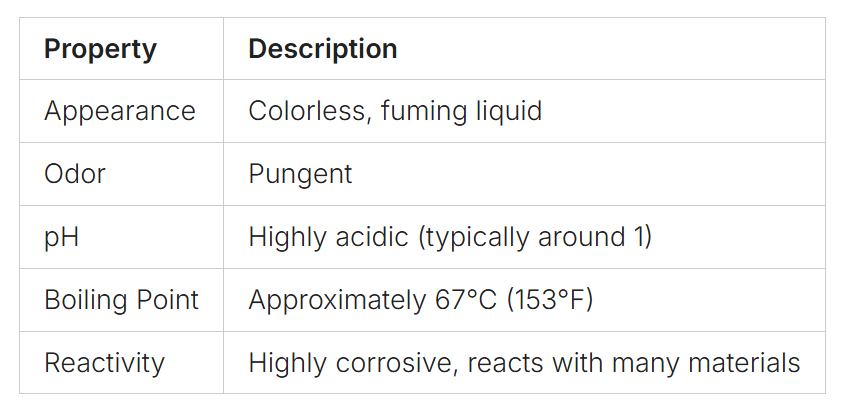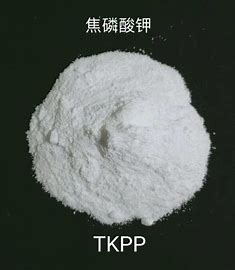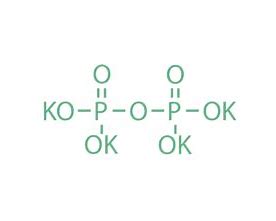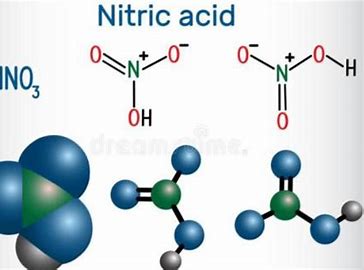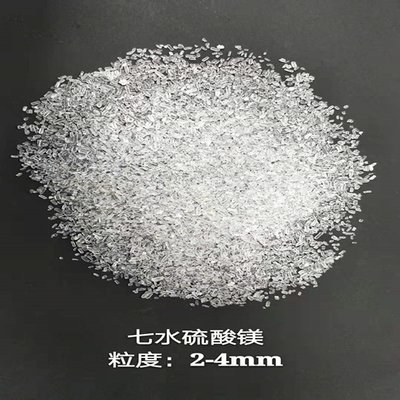Hydrofluoric Acid MSDS: Safety Guidelines & Data
Hydrofluoric acid (HF) is a highly corrosive and toxic inorganic acid with a wide range of industrial applications. Due to its hazardous nature, understanding and adhering to the information provided in its Material Safety Data Sheet (MSDS), now more commonly referred to as the Safety Data Sheet (SDS), is absolutely crucial for anyone working with or around this chemical. This comprehensive guide will walk you through the essential safety guidelines and data contained within a typical Hydrofluoric Acid MSDS/SDS, empowering you to handle it safely and respond effectively in case of emergencies.
What is an MSDS/SDS and Why is it Important for Hydrofluoric Acid?
The Safety Data Sheet (SDS) is a critical document that provides detailed information about the properties of a hazardous chemical, including its physical, chemical, and toxicological characteristics. For a substance as dangerous as hydrofluoric acid (HF), the MSDS/SDS serves as an indispensable resource for:
- Identifying Hazards: Clearly outlining the potential health, physical, and environmental hazards associated with HF.
- Safe Handling Procedures: Providing specific instructions on how to safely handle, store, and transport hydrofluoric acid.
- Personal Protective Equipment (PPE): Detailing the necessary PPE to minimize exposure risks.
- First Aid Measures: Describing the immediate actions to take in case of exposure.
- Accidental Release Measures: Guiding procedures for managing spills and leaks.
- Fire Fighting Measures: Providing instructions for extinguishing fires involving hydrofluoric acid.
Ignoring the information in the Hydrofluoric Acid MSDS/SDS can lead to severe injuries, environmental damage, and even fatalities.
Key Sections of a Hydrofluoric Acid MSDS/SDS and Their Importance
A typical Hydrofluoric Acid MSDS/SDS is organized into standardized sections. Here’s a breakdown of the most critical information you’ll find:
1. Identification:
- Substance Name: Clearly identifies the chemical as Hydrofluoric Acid or HF.
- Other Identifiers: May include synonyms like hydrogen fluoride and its CAS number (7664-39-3).
- Recommended Use and Restrictions: Specifies the intended applications and any limitations on its use.
- Supplier Information: Provides contact details for the manufacturer or supplier, including emergency contact numbers.
2. Hazard(s) Identification:
This section is paramount for understanding the dangers of hydrofluoric acid:
- Classification of the Substance or Mixture: Clearly states the hazard class, such as “Corrosive to Metals,” “Acute Toxicity (Oral, Dermal, Inhalation) – Category 1,” and “Skin Corrosion – Category 1A.”
- Label Elements: Includes hazard pictograms (e.g., skull and crossbones, corrosion), signal words (e.g., Danger), and hazard statements (e.g., “Fatal if swallowed,” “Causes severe skin burns and eye damage”).
- Precautionary Statements: Provides advice on preventing exposure, such as “Do not breathe mist or vapor,” “Wear protective gloves/protective clothing/eye protection/face protection,” and “Store locked up.”
- Other Hazards: May include information on potential environmental hazards or other risks not otherwise classified.
3. Composition/Information on Ingredients:
- Chemical Name: Hydrofluoric Acid.
- Common Name, Synonyms: Hydrogen fluoride, HF.
- CAS Number: 7664-39-3.
- Impurities and Stabilizing Additives: May list any relevant impurities or stabilizers present in the product.
4. First-Aid Measures:
This section provides crucial instructions for immediate response in case of exposure:
- Inhalation: If inhaled, move person to fresh air and keep comfortable for breathing. Immediately call a poison center or doctor.
- Skin Contact: Immediately flush skin with plenty of water for at least 20 minutes while removing contaminated clothing and shoes. Immediately call a poison center or doctor. Crucially, calcium gluconate gel should be applied topically as soon as possible and continued until pain is relieved.
- Eye Contact: Immediately flush eyes with plenty of water for at least 20 minutes, occasionally lifting the upper and lower eyelids. Remove contact lenses, if present and easy to do. Continue rinsing. Immediately call a poison center or doctor.
- Ingestion: If swallowed, immediately call a poison center or doctor. Do NOT induce vomiting. Rinse mouth.
5. Fire-Fighting Measures:
Provides guidance on how to extinguish fires involving hydrofluoric acid:
- Suitable Extinguishing Media: Specifies appropriate extinguishing agents (e.g., water spray, alcohol-resistant foam, dry chemical).
- Unsuitable Extinguishing Media: May list agents that should not be used.
- Specific Hazards Arising from the Chemical: Identifies hazardous combustion products (e.g., hydrogen fluoride gas).
- Special Protective Equipment and Precautions for Fire-Fighters: Emphasizes the need for self-contained breathing apparatus (SCBA) and full protective clothing.
6. Accidental Release Measures:
Outlines procedures for responding to spills and leaks:
- Personal Precautions, Protective Equipment, and Emergency Procedures: Emphasizes the need for appropriate PPE (including respiratory protection if necessary) and evacuation of non-essential personnel.
- Environmental Precautions: Advises on preventing the release of HF to the environment (e.g., containment, diking).
- Methods and Materials for Containment and Cleaning Up: Specifies procedures for containing the spill (e.g., using inert absorbent materials) and neutralizing the acid with appropriate materials (e.g., lime, sodium bicarbonate).
7. Handling and Storage:
Provides instructions for safe handling and storage:
- Precautions for Safe Handling: Includes advice on avoiding contact, minimizing the generation of mist or vapor, using appropriate ventilation, and wearing PPE.
- Conditions for Safe Storage, Including Any Incompatibilities: Specifies proper storage conditions, such as keeping containers tightly closed, storing in a cool, dry, and well-ventilated area, and avoiding incompatible materials (e.g., metals, alkalis, oxidizing agents). Store locked up.
8. Exposure Controls/Personal Protection:
Details the measures to control worker exposure:
- Control Parameters: Lists any established occupational exposure limits (OELs) for hydrogen fluoride.
- Appropriate Engineering Controls: Recommends measures like local exhaust ventilation and eyewash stations/safety showers.
- Individual Protection Measures (PPE): Provides specific guidance on the type of PPE required, including:
- Eye/Face Protection: Chemical splash goggles and face shield.
- Skin Protection: Impervious gloves (e.g., neoprene, butyl rubber), protective clothing, and boots.
- Respiratory Protection: If engineering controls are not sufficient, appropriate respiratory protection (e.g., NIOSH-approved respirator for acid gases) should be used.
9. Physical and Chemical Properties:
Provides data on the physical and chemical characteristics of hydrofluoric acid, such as:
- Appearance (colorless liquid or gas)
- Odor (pungent, irritating)
- pH (strongly acidic)
- Melting Point/Freezing Point
- Boiling Point
- Flash Point (non-flammable)
- Vapor Pressure
- Vapor Density
- Solubility (very soluble in water)
- Density
- Molecular Weight
10. Stability and Reactivity:
Describes the chemical stability and potential hazardous reactions:
- Reactivity: Explains the reactivity of hydrofluoric acid with various substances.
- Chemical Stability: Indicates whether the substance is stable under normal conditions.
- Possibility of Hazardous Reactions: Highlights conditions and materials to avoid (e.g., contact with metals may produce flammable hydrogen gas).
- Conditions to Avoid: Lists specific conditions that can lead to hazardous situations (e.g., extreme temperatures, contact with incompatible materials).
- Incompatible Materials: Details substances that should not be mixed with hydrofluoric acid.
- Hazardous Decomposition Products: Identifies any hazardous substances that may be released during decomposition (e.g., hydrogen fluoride).
11. Toxicological Information:
Presents data on the health effects of exposure to hydrofluoric acid:
- Likely Routes of Exposure: Inhalation, skin contact, eye contact, and ingestion.
- Symptoms Related to the Physical, Chemical and Toxicological Characteristics: Describes the immediate and delayed symptoms of exposure through each route. This section will emphasize the severe corrosive nature and potential for systemic toxicity (e.g., hypocalcemia, cardiac arrhythmias).
- Delayed and Immediate Effects as well as Chronic Effects from Short and Long-Term Exposure: Details both immediate and long-term health consequences.
- Numerical Measures of Toxicity: May include LD50 (lethal dose, 50% kill) and LC50 (lethal concentration, 50% kill) values.
12. Ecological Information:
Provides data on the environmental impact of hydrofluoric acid:
- Ecotoxicity: Information on the toxicity to aquatic and terrestrial organisms.
- Persistence and Degradability: How long HF persists in the environment.
- Bioaccumulative Potential: Whether HF accumulates in living organisms.
- Mobility in Soil: How HF moves through soil.
- Other Adverse Effects: Any other potential environmental hazards.
13. Disposal Considerations:
Provides guidance on the proper disposal of hydrofluoric acid and contaminated materials:
- Waste Treatment Methods: Recommends appropriate disposal methods in accordance with local, regional, and national regulations.
14. Transport Information:
Provides information for the safe transportation of hydrofluoric acid:
- UN Number: UN1790 (Hydrofluoric acid).
- UN Proper Shipping Name: Hydrofluoric acid.
- Transport Hazard Class(es): 8 (Corrosive), (6.1) Toxic subsidiary risk may apply depending on concentration.
- Packing Group: I, II, or III depending on concentration.
- Environmental Hazards: May indicate if it is an environmentally hazardous substance.
- Special Precautions for User: Any specific instructions for safe transport.
15. Regulatory Information:
Lists relevant safety, health, and environmental regulations specific to hydrofluoric acid.
Storage Requirements
Store in a cool, dry, well-ventilated area.
Use containers made from compatible materials (e.g., polyethylene or polypropylene) and clearly label with chemical name, concentration, and hazard information.
Emergency Response Measures
Skin Contact: Immediately remove contaminated clothing and wash with large amounts of water.
Inhalation: Move the patient to a well-ventilated area, administer oxygen, and seek medical attention immediately.
Ingestion: Do not induce vomiting; give small amounts of water or milk to dilute the acid and contact emergency services immediately.
By following the safety guidelines in the MSDS, the risks associated with hydrofluoric acid can be minimized, ensuring safe use and storage of this dangerous substance.
